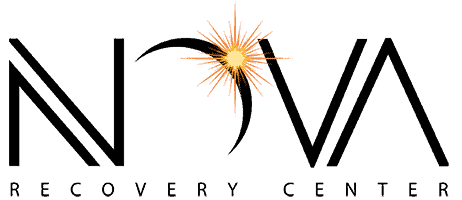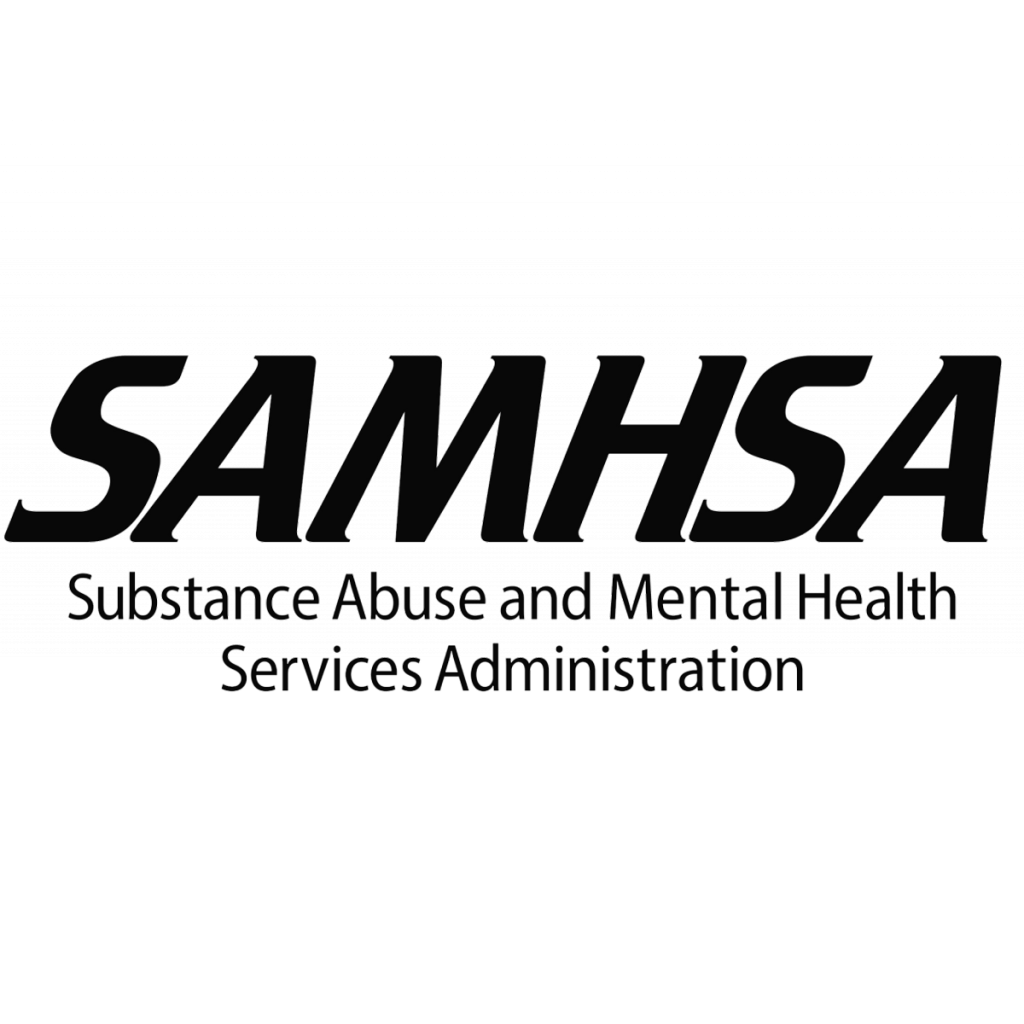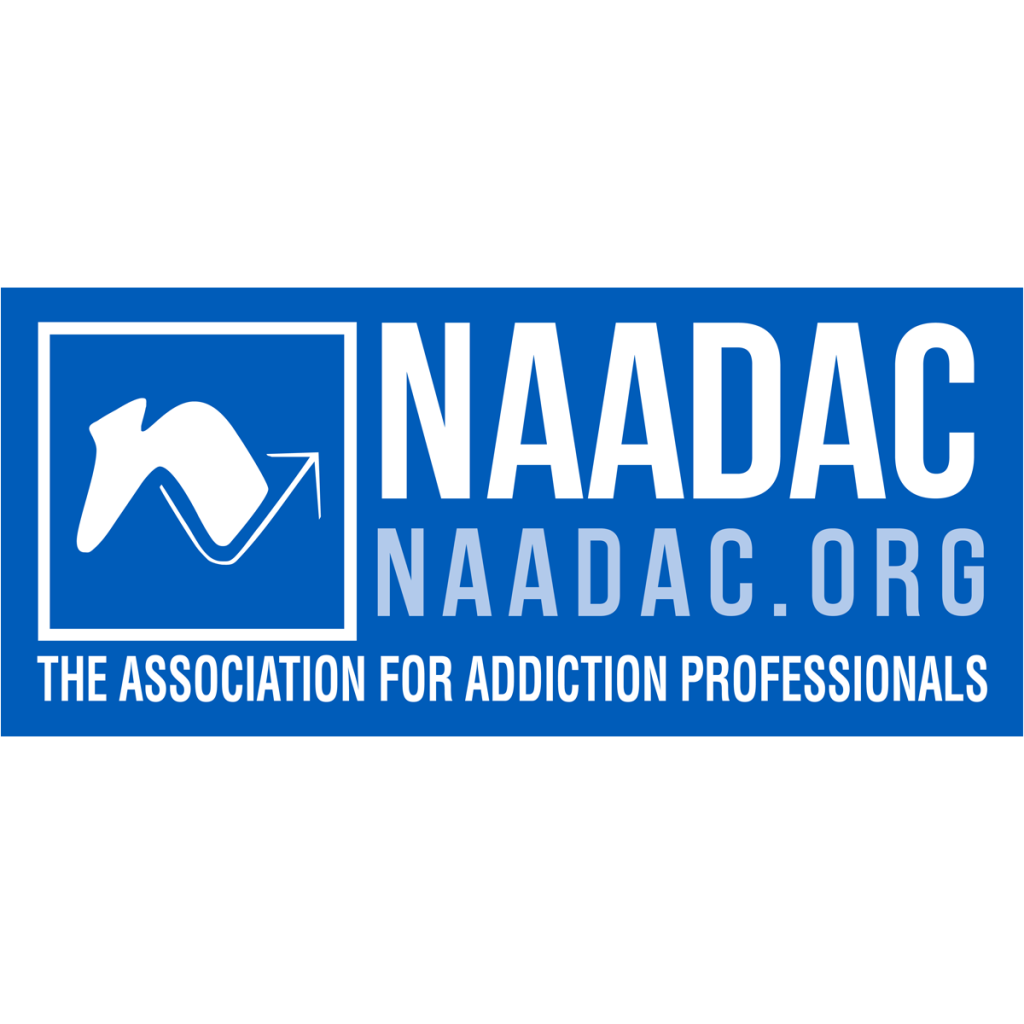Barbiturate Addiction: Detox, Withdrawal, and Treatment
GET HELP TODAY!
100% Confidentiality Guaranteed
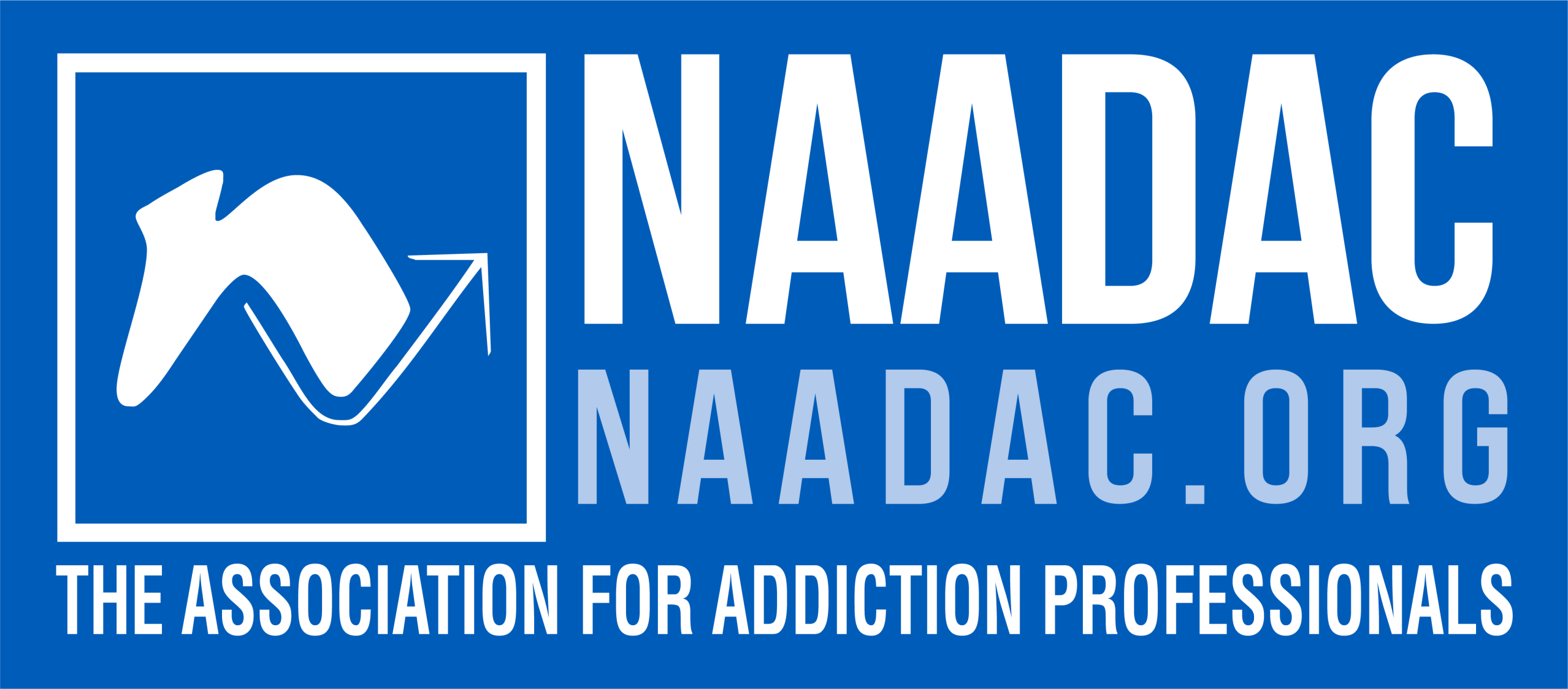

What Are Barbiturates?
Barbiturates—often called “barbs”—are a class of drugs that act as central nervous system depressants. They work by increasing the brain’s GABA activity, which helps slow nervous system functions. This creates feelings of relaxation, calm, and sleepiness.
Though doctors commonly prescribed barbiturates in the past, they now use them less often. Safer options like benzodiazepines have taken their place.
Doctors may still prescribe barbiturates for certain medical conditions, including:
- Epilepsy and seizures
- Migraines
- Muscle spasms
- Alcohol or benzodiazepine withdrawal
- Surgical sedation
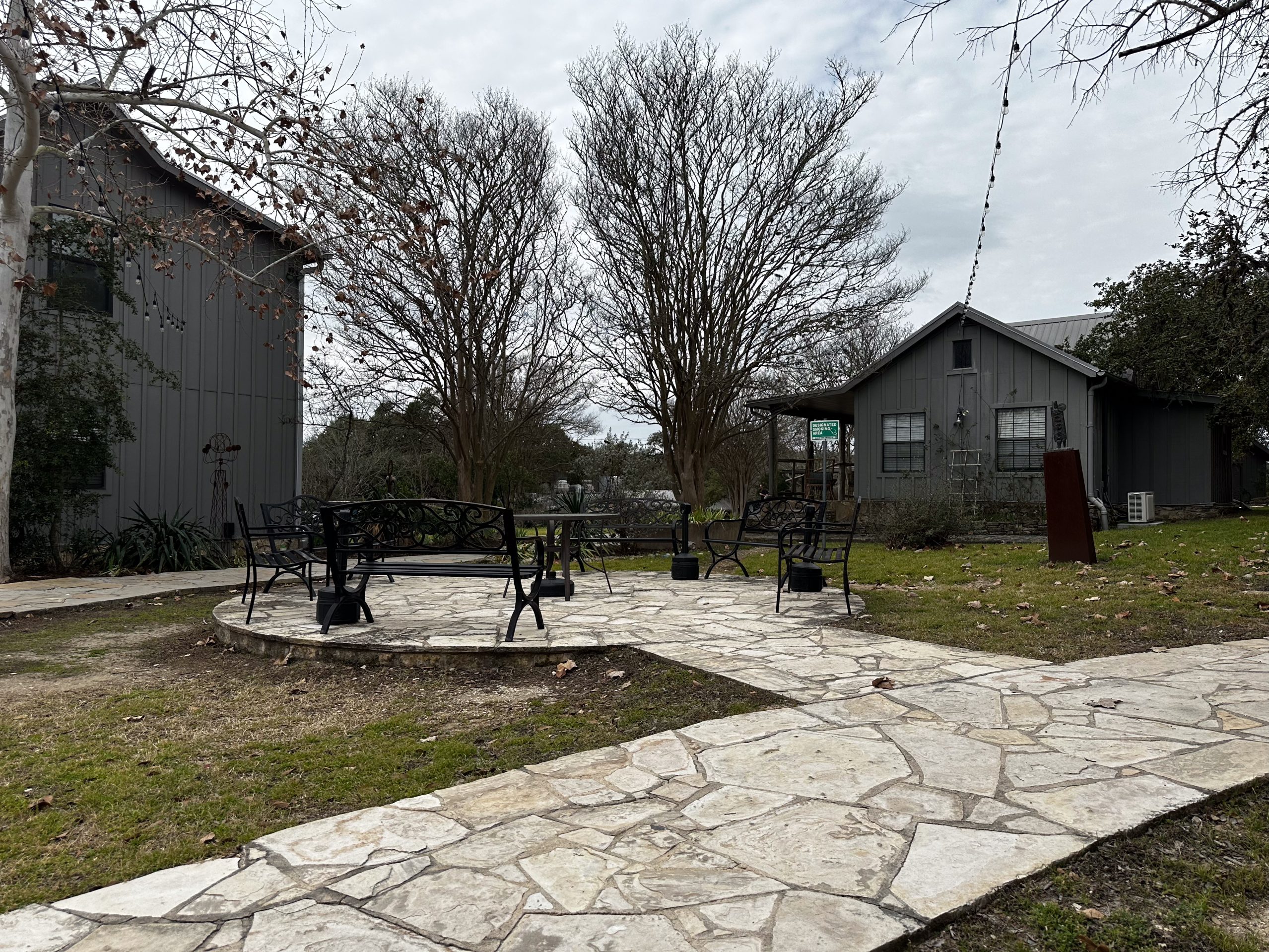

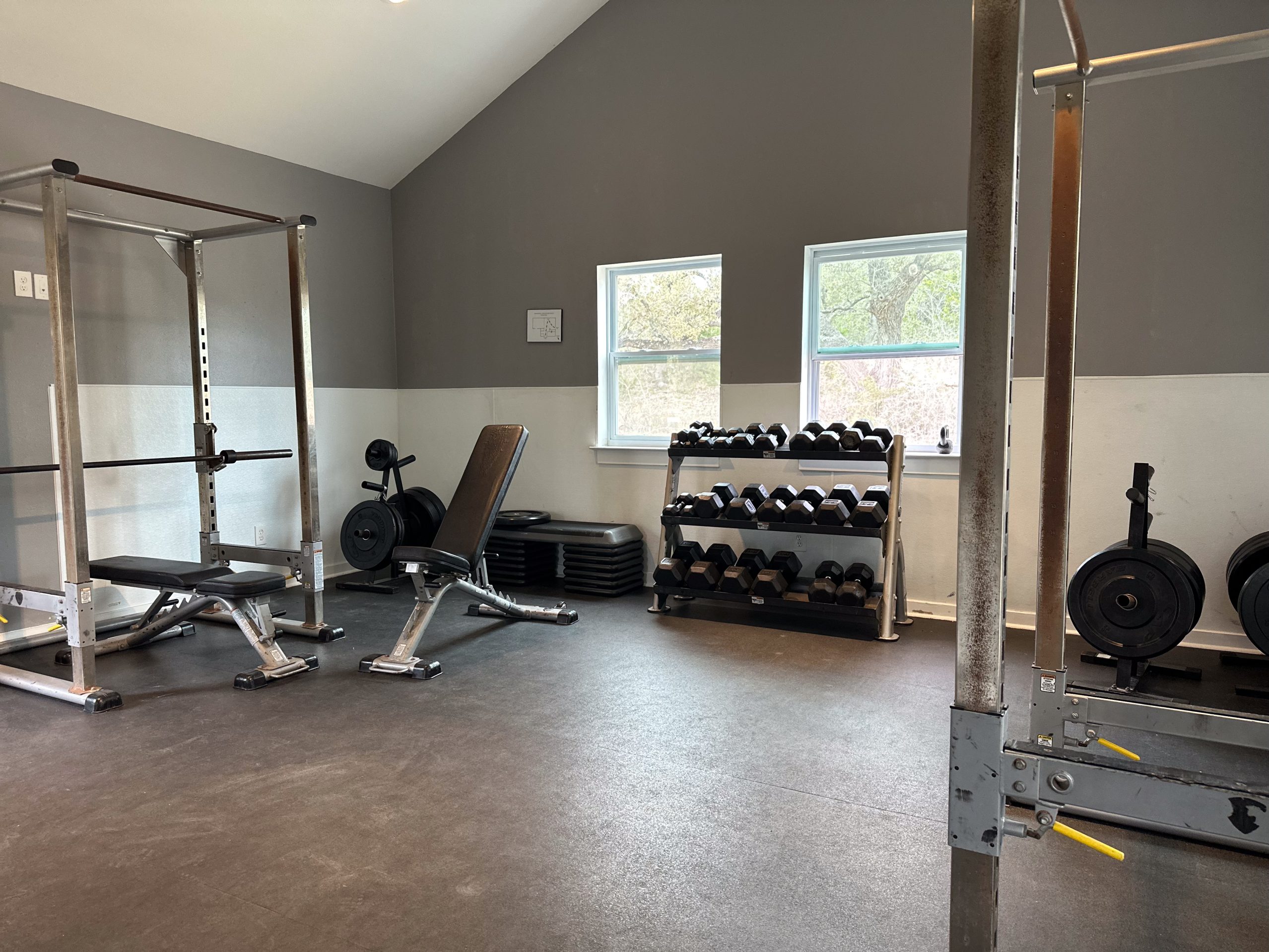

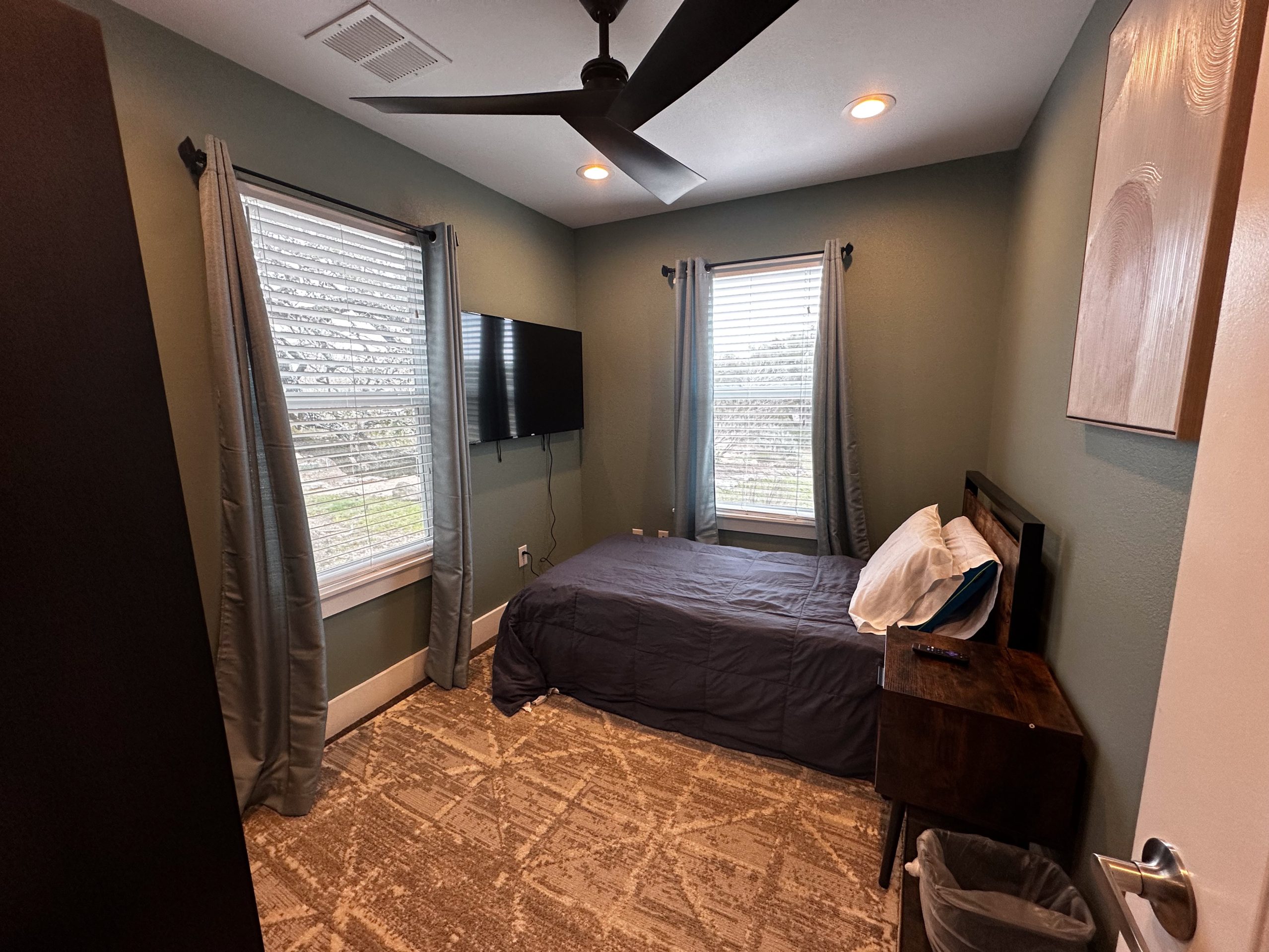



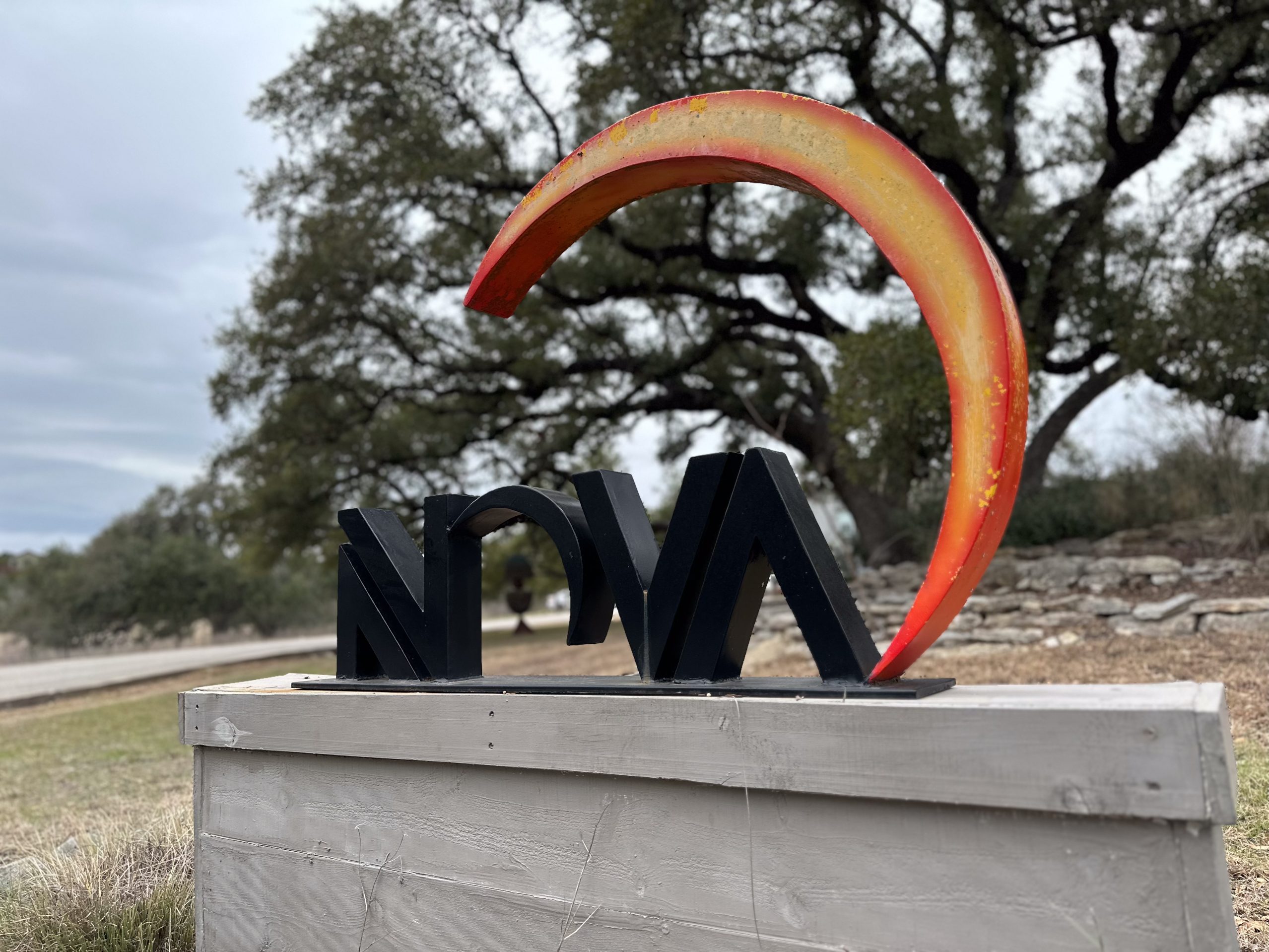

These drugs include pills, liquids, and injections. Barbiturates are controlled substances, meaning they can be dangerous if misused. People who are on a sober journey should be cautious if they are prescribed a barbiturate.
Street Names for Barbiturates
People often refer to barbiturates by street names for drugs, especially when they use them recreationally. Common street names for barbiturates include:
- Barbs
- Blues / Blue Heavens
- Yellow Jackets
- Red Devils / Reds
- Goof Balls
- Downers
- Christmas Trees
- Rainbows
- Tootsies
- Purple Hearts
- Sleepers
- Stumblers
- Blockbusters
These names may hide substance misuse, making it harder for loved ones to spot addiction early.
Examples of Barbiturates
Here are some common examples of barbiturates found in prescription medications:
- Amytal (amobarbital)
- Butisol (butabarbital)
- Fioricet, Esgic (butalbital + acetaminophen + caffeine)
- Fiorinal (butalbital + aspirin)
- Donnatal (phenobarbital)
- Luminal (phenobarbital)
- Nembutal (pentobarbital)
- Seconal (secobarbital)
- Tuinal (amobarbital + secobarbital)
- Pentothal (thiopental)
Although less prescribed now, barbiturates include medications that still have medical value when used responsibly.
How Long Do Barbiturates Stay in the Body?
The period of time that barbiturates stay in your system depends on the drug’s type, dosage, and your health condition.
These types of drugs can be:
- Short-acting
- Intermediate-acting
- Long-acting
Typical detection windows:
- Urine: 2–4 days
- Blood: 1–2 days
- Hair: up to 90 days
Your metabolism and medical conditions can change how long they stay in your body. Taking a higher dose than prescribed can also have an effect.
Are Barbiturates Tranquilizers?
Yes, people consider barbiturates tranquilizers. They are sedatives-hypnotics, a class of drugs used to calm brain activity. Although they function similarly to benzodiazepines, barbiturates carry a higher risk of overdose and addiction.
Side Effects of Barbiturate Abuse
Barbiturate abuse can lead to serious physical and mental health issues. Common symptoms of barbiturate abused use include:
- Confusion
- Mood swings
- Slurred speech
- Drowsiness
- Poor motor skills
- Slowed reflexes
Using these substances the wrong way can be extremely dangerous. This is especially true if you take high doses or mix them with drugs or alcohol. The risk of harm increases significantly. This is especially true for those with an alcohol use disorder or a mental disorder.
Signs and Symptoms of Barbiturate Overdose
- Shallow breathing
- Extreme drowsiness or unresponsiveness
- Slurred speech
- Poor decision-making
- Kidney failure
- Coma
- Death
If you suspect an overdose, call 911 and seek medical care immediately.
Barbiturate Withdrawal Symptoms
When someone becomes addicted to barbiturate drugs, quitting can be difficult and dangerous. Barbiturate withdrawal symptoms and symptoms of withdrawal may include:
- Anxiety
- Vomiting
- Insomnia
- Restlessness
- Hallucinations
- Increased heart rate
- Seizures
- Shakiness
- Weakness
Symptoms including seizures and hallucinations require emergency care. A supervised medical detox program can help manage these risks safely.
More Time. More Joy. More You. Start Now.
WE ACCEPT MOST INSURANCES







Barbiturate Withdrawal Timeline
The barbiturate withdrawal timeline can vary based on how long and how much the person has used. Here’s a general timeline during barbiturate detox:
- Days 1–3: Mild symptoms begin, like anxiety and insomnia.
- Days 2–3: Symptoms worsen. Seizures and hallucinations may occur.
- Days 3–7: Physical symptoms start to ease. Emotional ones may linger.
- Week 2+: Lingering anxiety or mood swings may persist for some.
People with a health condition or a history of long-term use may need extended care for full stabilization.
Risk Factors for Barbiturate Addiction
Certain risk factors make someone more likely to develop a dependency. These include:
- Past trauma
- Co-occurring mental illness or mental disorder
- Alcohol use disorder
- Chronic pain
- Family history of substance abuse
- Lack of support
A person facing several of these challenges is at increased risk for addiction.
Signs of Barbiturate Addiction
People who are addicted to barbiturate drugs may:
- Crave the drug constantly
- Take large or more frequent doses
- Lie or fake symptoms to get prescriptions
- Lose interest in hobbies
- Distance themselves from family members
- Show signs that they abuses drugs
If these behaviors continue, professional help is strongly recommended.
Freedom Starts Here. Take Back Your Life Today.
Same-Day Admissions in Austin Available.
Treatment Options for Recovery
A solid treatment plan can make recovery possible. At Nova Recovery Center, we offer a full range of treatment options, including:
- Medical detox
- Inpatient programs
- Outpatient services
- Cognitive behavioral therapy (CBT)
- Behavioral therapies
- Family counseling
- Peer support groups
- Life skills development
- Holistic services (art therapy, music therapy, mindfulness)
Our approach to treatment programs is effective including when personalized to the client’s needs and supported by expert medical professionals.
Paying for Treatment
Most treatment centers and rehab programs accept insurance. If you don’t have coverage, options include:
- EAPs (Employee Assistance Programs)
- Medical credit cards
- Loans from family members
- Scholarships or grants
Even short term programs can have a long-term impact on recovery.
You Can Recover — Let’s Begin
Barbiturate addiction doesn’t define you. At Nova Recovery Center, we support individuals at every stage of the journey. We offer:
- Compassionate medical detox programs
- Personalized care for inpatients and outpatients
- Evidence-based programs for long term recovery
Get help today. Reach out now to start your path to healing.
